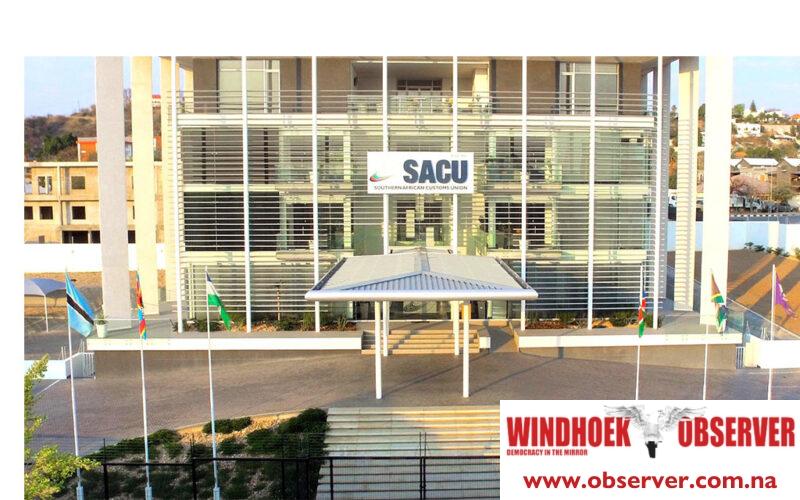Justicia Shipena
Namibia’s foreign exchange reserves grew by 6.6% in April 2025, reaching N$63.6 billion.
This means the country now has enough money saved to pay for about 4.2 months of imports or 5.1 months if one excludes special oil-related imports that are funded from outside.
Simonis Storm Securities revealed this in its April 2025 report on private sector credit extension released on Monday.
According to Simonis Storm Securities, the rise in reserves is good news for Namibia.
“The recovery in reserves reverses the sharp decline seen in March and helps restore external buffers. This improvement strengthens the credibility of Namibia’s currency peg and reinforces resilience against potential external payment pressures in a volatile global trade environment,” stated the financial research firm.
“The recovery in reserves helps rebuild the country’s financial safety net and supports the value of the Namibian dollar,” the firm said in its latest report on private sector credit extension for April 2025.
The improvement in the country’s reserves was mainly driven by higher income from diamond sales, payments from government bonds, and more money coming in from the Southern African Customs Union (SACU).
The report stated that, in April, Namibia’s commercial banks also had more money on hand, which is about N$9.9 billion compared to N$9.4 billion in March.
Simonis Storm says this is the highest level seen in over a year and shows that the banking sector has good liquidity, or, in simple terms, there is enough cash to lend and keep the economy moving.
It added that this healthy cash flow has helped credit or borrowing to keep growing.
As a result, businesses and individuals are borrowing more, supported by confidence in the banking system and slightly lower inflation.
The amount of money circulating in the economy grew by 11.6% in April compared to a year earlier, as people deposited more money in the bank and held more cash.
Simonis Storm said inflation also slowed down in April to 3.6%, from 4.2% in March.
The economists at the firm believe this was helped by lower prices for food, transport, and housing.
Over the weekend, the Ministry of Industries, Mines and Energy announced a 30-cent cut in petrol and a 70-cent cut in diesel for June.
This, Simonis Storm said, should help ease costs even more.
However, Simonis Storm warns that challenges remain, pointing to talks between big economies like the U.S. and China that may affect trade rules, and this could raise the cost of importing goods.
It said Namibia’s economy, which depends on imported items like fuel and food, could feel the pressure.
“If global costs go up again, Namibia may struggle with rising prices later this year,” the firm said. In that case, the Bank of Namibia may find it hard to lower interest rates, even if the economy needs more support.”




